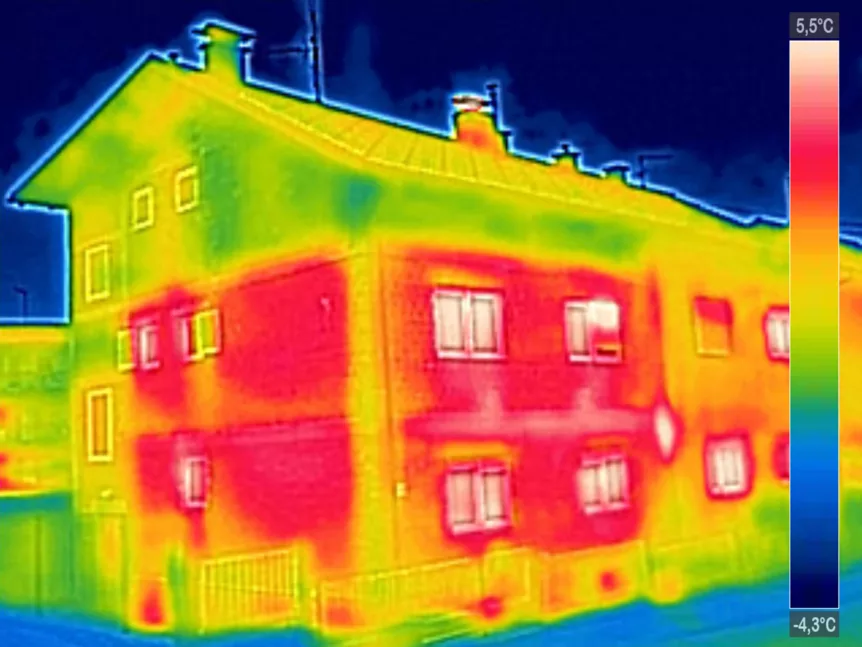By Rob Foley | Technical Solutions Specialist
Mr. Foley supports the organization with his expertise in energy auditing, capital need assessments, and energy modeling.
New incentives from the Inflation Reduction Act (IRA) have elevated high-efficiency heat pump HVAC technology in our news feeds and conversations. ICAST has been promoting and installing these systems for years because we recognized their potential to benefit property owners and residents in the multifamily affordable housing (MFAH) space. They provide heating and cooling; and are roughly three times more efficient than their conventional counterparts, and recent technological innovations have dramatically improved their performance in cold climates. Finally, we’re seeing the hype start to match the potential of these systems.
Amid this positive change, it’s crucial to remember that the building is a system. Property owners considering heat pump HVAC upgrades shouldn’t move forward without assessing all opportunities to improve the property’s overall efficiency. For many buildings, the retrofit ‘package’ must include weatherization. Measures like insulation, air sealing, and multi-paned windows can reduce or eliminate the loss of hot or cold air. These measures are already valuable because they improve property value and increase tenant health and safety. Still, beyond that, they bring down the baseline energy consumption (read also: “costs”). As a result, the owner can purchase smaller, less energy-intensive heat pumps—spending less upfront and saving more over the long term. This is particularly important when considering “electrification” upgrades, for example, replacing a gas furnace with an electric heat pump. Gas is historically cheaper than electricity, so if owners ignore weatherization, switching to a heat pump can increase costs and yield disappointing results regarding comfort and energy use.
These nuances, unfortunately, fall into a knowledge gap for many contractors. Many lack the expertise to design and implement a holistic solution (especially in MFAH) and many haven’t come around to newer heat pump technology. MFAH properties pursuing electrification projects need to upgrade the electrical infrastructure (e.g., panels) to handle the added electrical load, which adds costs for the owner and complications for the contractors. And currently, available training opportunities are not keeping pace with the need. ICAST is working to evolve the industry by implementing a Department of Energy (DOE)-funded program to help workers (entry-level through experienced HVAC technicians) learn how to promote, design, install, and service heat pump solutions.
There is some good news. We have seen examples of training programs that offer weatherization and heat pump HVAC education, and the IRA included approx. $200M for contractor training. Additionally, an unprecedented amount of money is on the table for weatherization-plus-electrification projects. DOE just announced that states can apply for funds through the IRA Home Energy Rebate Programs, and once states launch their programs, MFAH will receive rebates of up to $14,000 per unit for electrification solutions. The Bipartisan Infrastructure Law provided $3.2B for the federal Weatherization Assistance Program. States also administer these funds, and if a state’s weatherization program serves MFAH, property owners can also take advantage of these funds. Bottom line? The federal government is working to green the U.S. by throwing money at it, and ICAST firmly believes that the MFAH sector should cash in.

